Explore These All-Day Chinese and Japanese Teas for Lunar New Year
Lunar New Year, which begins this year on Sunday, ranks as the most important holiday for people in many Asian countries, as well those belonging to the Asian diaspora. Beginning in China during the long Shang Dynasty (1600-1046 BC), scholars believe New Year celebrations developed as people honored ancestors and gods with sacrificial ceremonies at the beginning of each year. And since people relied on the lunar calendar back then, the year got its start between mid-January and mid-February.
It’s not a quick holiday: Fifteen or sixteen days (depending on the year) is the norm. While not every day invites feasts and get-togethers, the holiday does compel much more merrymaking and family time than normal. And throughout it all, people sip tea.
Certain New Years meals suggest special teas, ones reserved for particularly notable gatherings. But then there’s the everyday tea that people sip as soon as they rise from bed. The teas they savor with simple dumplings and long noodles. The elixirs they enjoy during dinner, and drink just before going to bed.
Many people in the United States also drink tea every day. In most cases, however, the quality lacks and variety does not exist. They buy commodity black tea packaged in bags and sold in boxes sitting on supermarket shelves. The leaves in the bags often include particulate that gets swept up from factory floors. It’s normally bitter and lacking in nuance. All tannins, and no depth, richness or diversity.
It’s time to step up your everyday tea game! And there’s no better place to explore than China and Japan, where common teas contain immense variety and also maintain high quality. Tea captured the hearts of people in these countries centuries ago. They have been sipping with savvy ever since.
Every Day Teas from China and Japan: Dragon Well Superior Green (China)
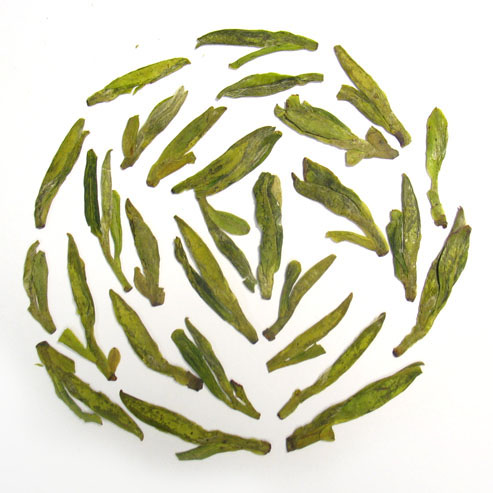
It’s probably the most famous tea in China. And for years after it first emerged, royal families in ancient China enjoyed exclusive access to Dragon Well, which is also called Long Jin. But while Dragon Well today receives international acclaim, it also gets sipped daily by tea lovers around the world. It’s special, but not rare in the manner of an aged pu-erh, or in a different context a 20-year-old bottle of Grand Cru red Burgundy. And no longer reserved for royals!
Dragon Well steeps into a golden brew with a distinct nutty aroma and a full, round flavor. It also contains the highest concentration of catechins (antioxidants) among Chinese green teas. This makes it not only delicious—it’s super healthy, too.
Every Day Teas from China and Japan: Tie Guan Yin Superior Oolong (China)
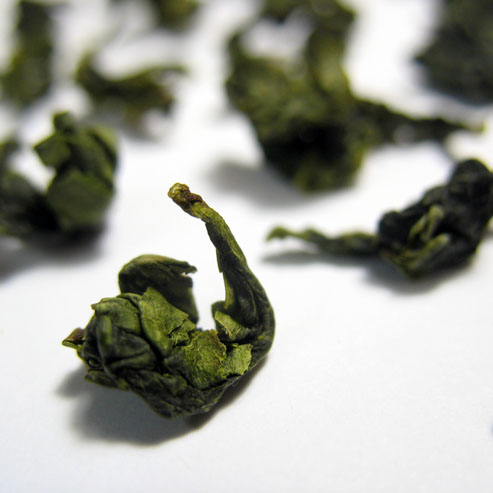
Tie Guan Yin, also known as “Iron Goddess of Mercy,” is famous like Dragon Well—and also a bit more rare. While not everybody is going to sip this beautiful tea every day, we think it stands as an excellent complement to Lunar New Year. In addition, as oolongs respond well to multiple steepings, one brew of these tea leaves doesn’t yield just one pot. It easily could turn into eight or more pots. This grand oolong advantage makes Tie Guan Yin Superior a candidate for everyday, or at least weekly, drinking. And a welcome addition to Chinese New Year!
Every Day Teas from China and Japan: Silver Needle White (China)
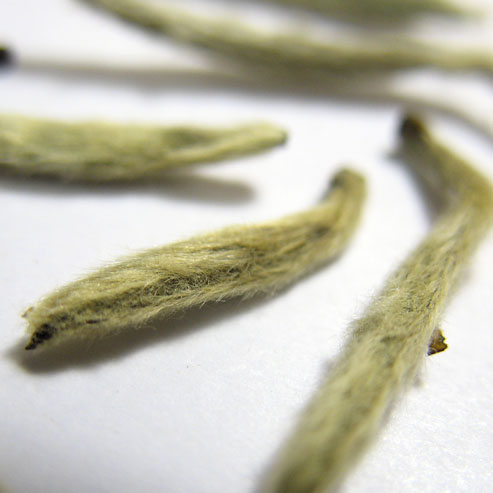
Here’s another prized tea that people in China and around the world routinely drink. Given its outstanding nature, we think it fits squarely within a daily sipping regime across Chinese New Year.
Silver Needle, also known as Bai Hao Yin Zhen, undergoes an elaborate and hands-on production process before reaching Ku Cha’s shelves. Farmers hand pick only tea buds in early spring. They then fan them out to dry in the sun before lightly firing them over charcoal that maintains a low heat. This step finishes the tea leaves, making them ready for brewing, without damaging the delicate and beautiful silver color.
The tea’s flavor is sublime, bright and complex with a smooth sweetness that coats the tongue.
Every Day Teas from China and Japan: Organic Sencha Green (Japan)
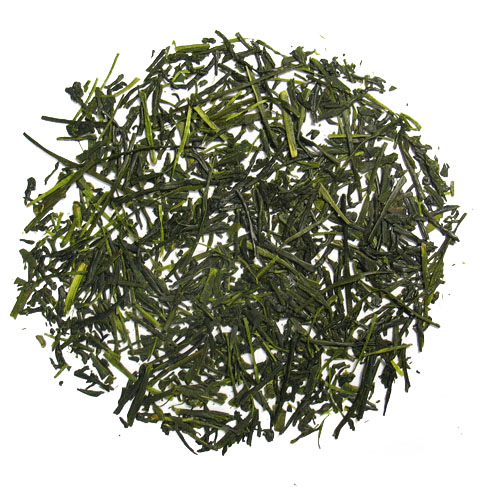
Like the Chinese, people in Japan sip tea with gusto. Camellia sinensis accompanies meals all day long. It sparks pivots for breaks during the work day. Tea in cans fills store shelves and vending machines, dwells in cup holders for commuters and provides subtle lifts from morning to night, without precipating the mental and physical agitation that often comes with sipping caffeine-heavy beverages.
Among all Japanese teas, including iconic matcha, sencha serves as a trusty sidekick for many people in the island nation. It is the most popular tea in the country.
Where many Chinese teas experience roasting to halt oxidation, sencha and other Japanese teas rely on steam. This difference, in part, explains the flavor differences between many Chinese and Japanese teas. A good sencha, like our organic sencha, offers a mellow, refreshing and sweet taste, with a pleasing lingering and buttery finish. It also broadcasts herbal, grassy and even seaweed notes.
Take note of how Japanese people enjoy their sencha—all day—and embrace the practice yourself.
Every Day Teas from China and Japan: Genmaicha Green (Japan)
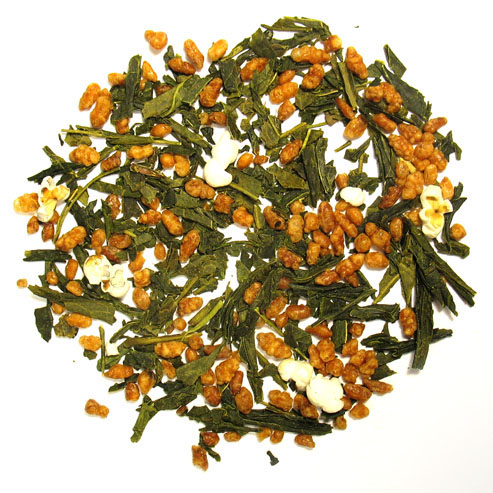
Tea and rice? It’s a classic culinary combination. And genmaicha offers both botanicals in the brew itself.
Also known as “brown rice tea,” this traditional Japanese tea mixes roasted brown rice with sencha. The result? A smooth brew with roasted notes and a creamy texture. As a result of the addition of brown rice to the blend, it also contains less caffeine than straight brews of Camellia sinensis. The combination not only produces an especially flavorful and interesting tea. It also lends itself to all-day sipping. The mitigated caffeine tends to spark a balanced focus, and doesn’t interfere as much with sleep if sipped later in the day.

